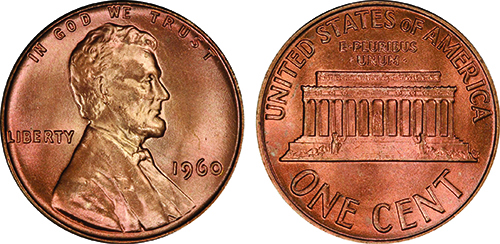
By Donn Perlman
Each new year usually is a time of optimistic anticipation. It’s viewed by many as a fresh start to personal lives and for some hobbyists and dealers, also a fresh start for the rare coin market. One of the world’s largest numismatic events is held each January, the Florida United Numismatists (FUN) convention, and market watchers monitor the FUN show auctions and convention floor activity as a sort of a crystal ball for the coming year.
Look At the Past to Anticipate the Future
What will happen in the coin market in 2019? An important lesson long-time collectors and dealers learn is that the rare coin market, like the stock and real estate markets, will move in up and down cycles.
Yes, undoubtedly, “trophy” coins of historical importance, great rarity and superb condition, will sell for record prices. But the overall market has been slow the past year for some coin series and grades. That is not necessarily bad. It offers a great time for collectors to take advantage of lower prices to add items to their collections.
A few of the market boom and bust cycles that I’ve personally observed are especially memorable. In the early 1960s, the coin market was obsessed with coins by the roll. Why purchase one uncirculated Franklin half dollar when you can buy 40 of the same date and mint at one time? Another factor in the boom was discovery of small date and large date variety 1960 Lincoln cents. The 1960 Philadelphia small date cent increased in price. I was able to obtain an uncirculated roll for face value, 50 cents, because a coin-collecting friend bought it at a Philadelphia bank while on vacation. In early 1964, I sold the roll for $400, a rather large sum of cash for a high school student at the time. Today, uncirculated rolls of 1964-P small date cents sell for about $100.
Cycles Speak Volumes
In the late 1970s, the coin market as well as gold and silver prices roared along with double-digit inflation. The weekly price jumps for almost any Mint State rare coin came to a dead stop about the same time the prices of gold and silver crashed in the spring of 1980.
In the late 1980s, speculators created another numismatic boom when several powerhouse Wall Street firms entered the market by offering limited partnerships in rare coins. There were potential conflicts of interest. One brokerage firm’s partnership prospectus indicated the managing partners could be buying and selling items from their own holdings. Within a few years, that firm terminated the partnership and refunded investors’ money, although some other coin-related investment funds have performed well.
Don’t let the rare coin market cycles take you for a ride. Enjoy your collection each day, and think long-term. Hopefully, it will be the reflection of your smiling face you
About the Columnist: Donn Pearlman is a recipient of the highest awards presented by the American Numismatic Association, Numismatic Literary Guild, and Professional
Numismatists Guild.















